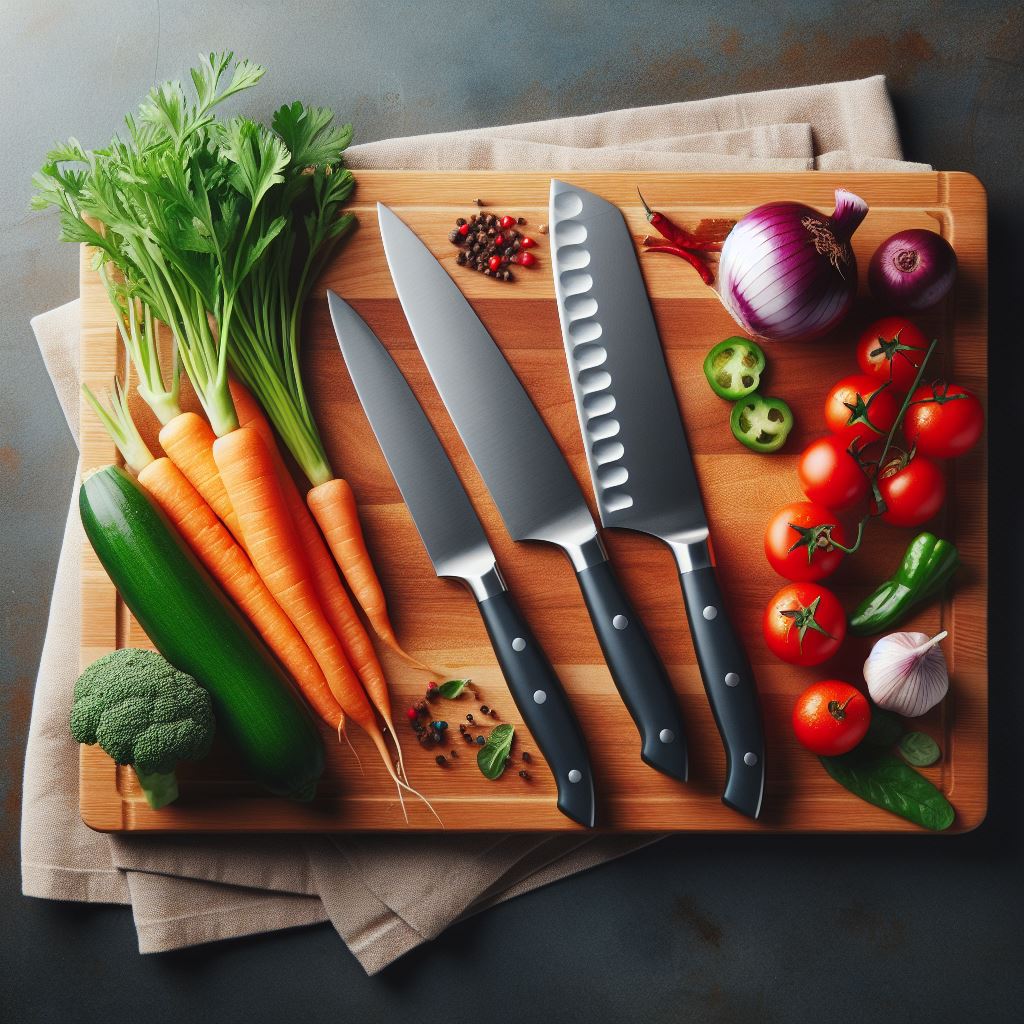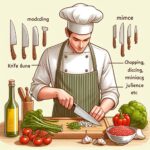A chef’s knife is designed for multipurpose kitchen tasks, excelling at slicing, dicing, and chopping a variety of foods. Its versatility makes it a staple in both professional kitchens and home cookware collections.
The chef’s knife, with its sharp, wide blade ranging from six to twelve inches, stands as the quintessential tool for culinary experts and enthusiasts alike. Mastering its use can significantly enhance the efficiency and precision of food preparation. This kitchen powerhouse offers a balance that ensures stability and control, while its ergonomic handle suits various cutting techniques.
By adopting a chef’s knife, one can tackle meats, vegetables, fruits, and herbs with confidence and ease. The blade’s curvature allows for a rocking motion, making it ideal for mincing and facilitating a fluid cutting rhythm. A well-crafted chef’s knife not only streamlines cooking processes but also instills a sense of joy and professionalism in the culinary craft.
Introduction To The Chef’s Knife
An indispensable ally in any culinary endeavor, the chef’s knife stands as a testament to the art of cooking. Designed for versatility and precision, it is often considered the crown jewel of the kitchen. From expert chefs to home cooking enthusiasts, the chef’s knife is cherished for its ability to handle a diverse range of tasks with ease. This article slices into the essence of what a chef’s knife is used for, examining its design, historical roots, and key features that make it such a vital tool for culinary mastery.
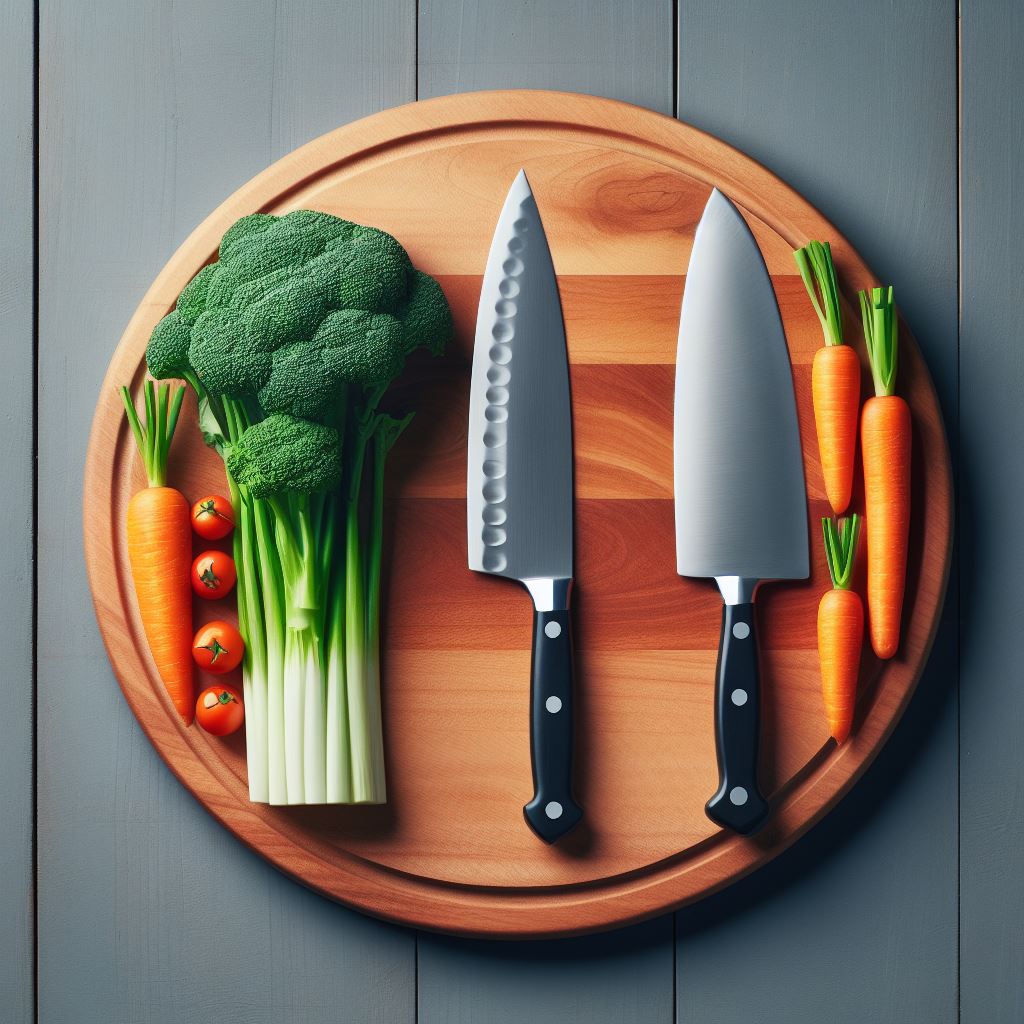
Defining The Chef’s Knife
A chef’s knife, also known as a cook’s knife, is characterized by its broad blade that tapers to a sharp point, allowing it to rock back and forth for efficient mincing. Its design serves multiple purposes, from slicing and dicing to chopping and mincing. The size typically ranges from six to twelve inches, giving cooks flexibility in their tasks. The chef’s knife is the embodiment of kitchen versatility and is essential for preparing a wide variety of ingredients.
The History And Evolution Of The Chef’s Knife
The origins of the chef’s knife trace back to the trades and traditions of ancient craftsmen. Initially conceived in Europe and perfected over generations, it was in Thiers, France, and Solingen, Germany, where the chef’s knife was refined into the tool we recognize today. This evolution continued as it crossed continents, with Japanese artisans adapting the shape to create the Santoku, a variation valued for its distinctive features. Progressive advancement in materials and ergonomics has led to the current incarnation of the chef’s knife that combines both tradition and innovation.
Typical Chef’s Knife Characteristics
The quintessential chef’s knife is an amalgamation of functional aesthetics and ergonomic design. Its characteristics typically include:
- A blade length that usually ranges from 6 to 12 inches, catering to both fine and robust cutting tasks.
- Blade material that often comprises high-carbon stainless steel for durability and ease of sharpening.
- A comfortable handle, which might be made of wood, plastic, or composite materials, designed to provide a firm grip and minimize fatigue during extended use.
- The blade’s edge is generally curved to allow a rolling cut, which is efficient for precision work like mincing herbs or slicing vegetables.
- Bolster and balance that contribute to the knife’s stability and weight distribution, ensuring safety and control.
These characteristics give the chef’s knife its renowned utility and ease of use, making it the go-to tool for both professional chefs and cooking enthusiasts alike.
Versatility Of The Chef’s Knife In The Kitchen
The chef’s knife, often lauded as the quintessential multi-tasker of the kitchen, is the epitome of versatility. Designed to perform a wide range of tasks, this knife is the cornerstone of culinary artistry. Its adaptability bridges a multitude of cooking styles, making it a true companion for both novice cooks and seasoned chefs. Understanding the uses of a chef’s knife not only streamlines the cooking process but also elevates the precision and efficiency in the kitchen.
Slicing And Chopping Vegetables
The chef’s knife excels in managing vegetables, both in size and texture. The knife’s sharp edge and comfortable grip make quick work of:
- Dicing onions: The broad blade allows for fine control to achieve uniform pieces.
- Slicing tomatoes: The sharp edge glides through the skin without crushing the delicate interior.
- Chopping carrots: The knife’s weight provides the heft needed to cut through dense vegetables with ease.
Cutting And Preparing Meat
A chef’s knife is not limited to vegetarian fare; it’s also adept at handling various types of meat. It can:
- Trim fat: The blade’s precision allows for close trimming without wasting meat.
- Slice steak: The long, sharp edge ensures smooth, clean cuts for aesthetically pleasing plating.
- Break down poultry: The knife’s robust build can navigate joints and bones for portioning.
Fine And Precision Work
Despite its size, the chef’s knife can be surprisingly delicate, offering precision for fine-tuned tasks. It’s ideal for:
- Mincing garlic: The flat blade can be used to crush cloves, and the fine edge minces without straining.
- Chiffonading leafy greens: Steady, precise cuts create perfect ribbons of basil or spinach.
- Peeling fruits: The control afforded by the knife’s handle allows for the skinning of fruits with minimal waste.
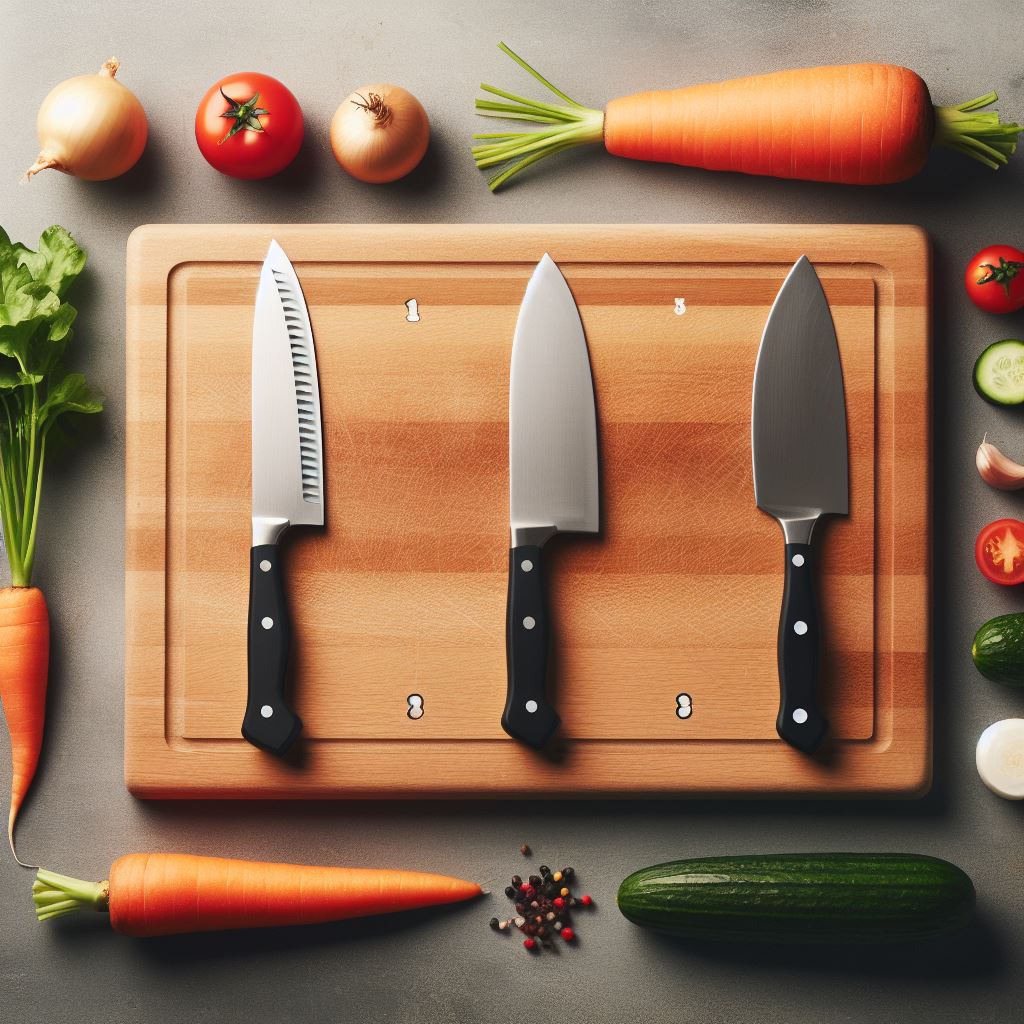
The Utility In A Multifunctional Blade
The chef’s knife is not just a blade; it’s a tool for creativity and experimentation. With its versatile build, it can adapt to a variety of tasks beyond cutting, such as:
| Task | Description |
|---|---|
| Crushing | Use the side of the blade to crush peppercorns, seeds, or nuts. |
| Scooping | The broad blade can lift and transfer chopped ingredients from cutting board to pan. |
| Tenderizing | The flat surface can help in tenderizing meats before cooking. |
Selecting And Caring For A Chef’s Knife
Amidst the vast array of culinary tools, the chef’s knife stands out as a quintessential instrument in both professional and home kitchens. A true workhorse, it finds its purpose in a multitude of tasks, from slicing and dicing to chopping and mincing. Selecting the right chef’s knife and understanding the nuances of its care can elevate your cooking experience, enhance your efficiency, and prolong the life of this invaluable tool. Let’s delve into the essentials of choosing and maintaining your culinary companion.
Choosing The Right Chef’s Knife For You
Selecting the perfect chef’s knife is a tailor-made experience. Here are key considerations:
- Blade material: High-carbon stainless steel is renowned for its durability and rust resistance.
- Weight: A balanced knife ensures comfort and control. Test different weights to find what feels right in your hand.
- Size: Generally ranging from 6 to 12 inches, the ideal size depends on individual preference and the tasks at hand.
- Handle: The grip should feel secure and comfortable, with materials ranging from wood to synthetic composites.
Essential Maintenance Tips
Regular maintenance keeps your chef’s knife in top condition. Adhere to these tips:
- Use appropriate cutting surfaces like wooden or plastic boards to avoid dulling the blade.
- Clean after use to prevent corrosion and food contamination.
- Store properly to safeguard the blade’s edge and prevent accidents.
Sharpening Your Chef’s Knife
A sharp knife is safer and more efficient than a dull one. Sharpening your chef’s knife is a skill that deserves attention:
| Tool | Frequency | Tips |
|---|---|---|
| Honing Steel | Regularly, before or after use | Maintain the edge alignment for optimal performance. |
| Whetstone | Every few months | Use finer grits for finishing and coarser ones for sharpening. |
| Professional Sharpening | Annually | For a comprehensive sharpening that restores the blade like new. |
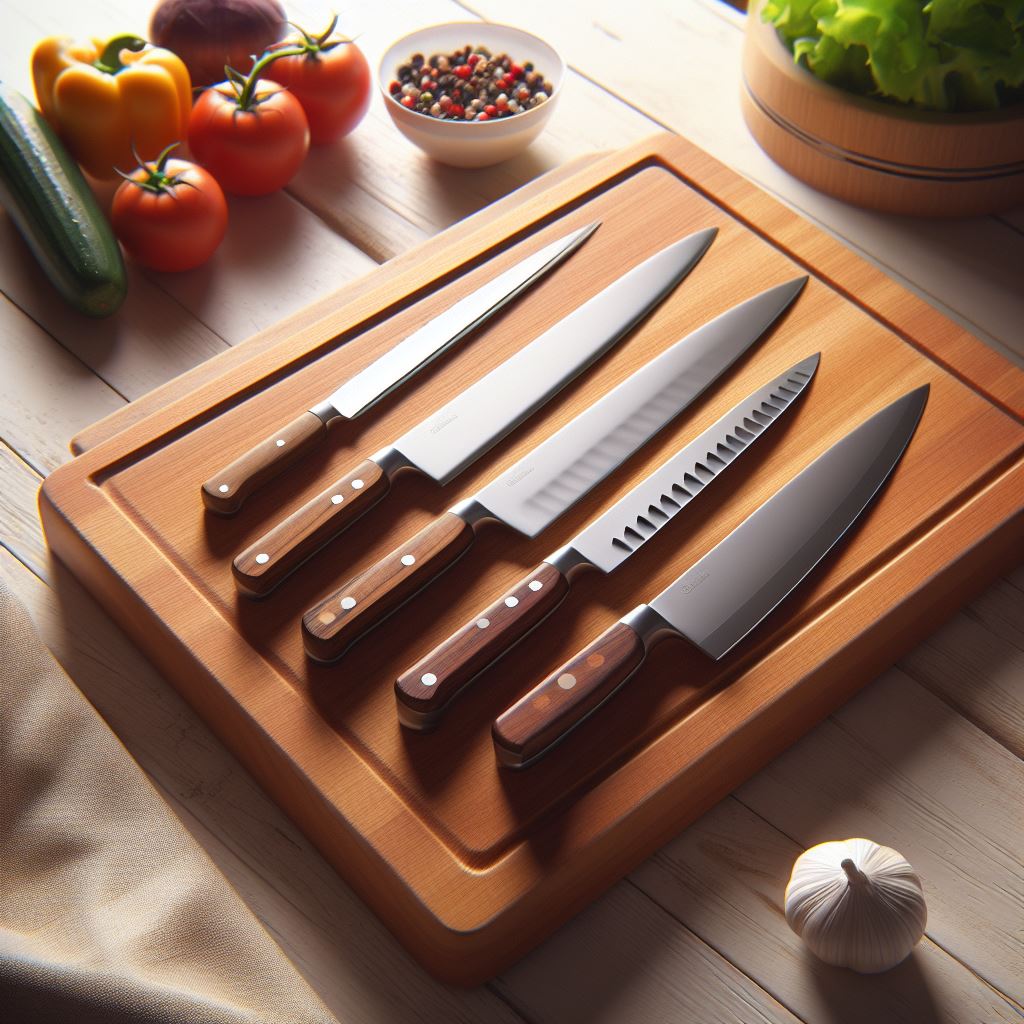
Proper Cleaning And Storage Techniques
Preserving your chef’s knife calls for proper cleaning and storage:
- Hand-wash with care using mild detergent and warm water. Avoid the dishwasher to prevent damage.
- Dry immediately to prevent rust and handle decay.
- Use a knife block or magnetic strip for secure and accessible storage. Sheaths are suitable for drawer storage.
Using The Chef’s Knife Safely
Mastering the art of using a chef’s knife is a pivotal skill in the culinary world. Not only does it speed up the cooking process, but it also ensures precision and uniformity in your cuts. However, efficiency should never trump safety, as handling a chef’s knife requires attention and care to avoid injuries. This segment of the blog post will guide you through using your chef’s knife safely, with a keen eye on basic knife safety guidelines, proper holding and cutting techniques, and how to sidestep common injuries associated with improper use.
Basic Knife Safety Guidelines
Every chef’s knife is a blend of sharpness and functionality, designed to tackle diverse tasks in the kitchen. Here are fundamental safety guidelines to ensure a safe culinary experience:
- Always keep your knife sharp; a dull blade can be more dangerous, as it requires more force and can slip off the food.
- Use the right knife for the right task; a chef’s knife is versatile but not suited for everything.
- Secure your cutting board by placing a damp towel underneath to prevent slipping.
- Focus on your cutting task; avoid distractions.
- Clean your knife immediately after use, but do it carefully to prevent accidents.
Proper Holding And Cutting Techniques
Proper grip and cutting technique are essential for safety and control when using a chef’s knife. Implement the following techniques for effective and safe cutting:
- Grasp the knife by the handle with your thumb and forefinger gripping the blade’s base, allowing for better control.
- Keep your fingers tucked in on the hand holding the food, using your knuckles as a guide for the knife blade.
- Use a rocking motion to cut, with the knife tip staying on the board, ensuring a fluid and controlled slicing movement.
- Maintain a moderate pace; rushing can lead to mistakes and accidents.
Avoiding Common Injuries
Injuries in the kitchen can be a common mishap but are largely avoidable with proper care and attention. Be mindful of the following points to minimize the risk of knife-related injuries:
- Never use your palm as a cutting board.
- Always cut away from your body, creating a safe distance between the blade and your hands or body.
- If the knife slips or falls, let it drop and move away quickly. Attempting to catch it can result in injury.
- Store knives properly in a knife block or on a magnetic strip, away from reach of children.
Conclusion: The Chef’s Knife As An Essential Tool
As we draw the curtain on the pivotal role of the chef’s knife, it’s clear that this tool is more than just a blade—it’s an extension of the chef themselves. Famed for its versatility and indispensable nature in the kitchen, the chef’s knife is crucial to turning raw ingredients into delicious creations. Diving into its uses, we’ve seen it chop, slice, and dice with unparalleled ease. Now, let’s reflect on its impact on culinary arts and innovation.
Culinary Creations And The Chef’s Knife
The journey from garden to plate is made seamless with the chef’s knife. It is the artist’s brush in the kitchen, playing an essential role in bringing culinary visions to life. The chef’s knife does it all, whether it’s finely mincing herbs for aromatic garnishes or carving meats to succulent perfection. Consider these key applications where the chef’s knife shines:
- Precision cutting: Achieving consistent sizes for even cooking
- Meat preparation: From trimming fat to slicing steaks
- Vegetable mastery: Chopping, dicing, and julienning with efficiency
- Fruit handling: Slicing delicate fruits or tackling tough melons
With every slice, chefs express their skills and the quality of their tools. The flawless execution of recipes calls for a chef’s knife, tailored to the task at hand.
The Chef’s Knife: A Blend Of Tradition And Innovation
For generations, the development of the chef’s knife has represented a marriage between time-honored craftsmanship and cutting-edge technology. It is a legacy item, passed down through generations of culinary experts, each iteration embodying new advancements while still maintaining the classical shape and utility valued by chefs of all eras.
Today’s chef’s knives are a testament to innovation, crafted from high-carbon stainless steel or other advanced materials that offer durability, sharper edges, and better grip. They continue to evolve, incorporating ergonomic designs that foster extended, fatigue-free use—a true companion for the modern chef.
Embracing both the rich history and the future of culinary arts, the chef’s knife stands out as a fundamental instrument every chef needs in their arsenal—a beacon of tradition and progress on the chef’s countertop.
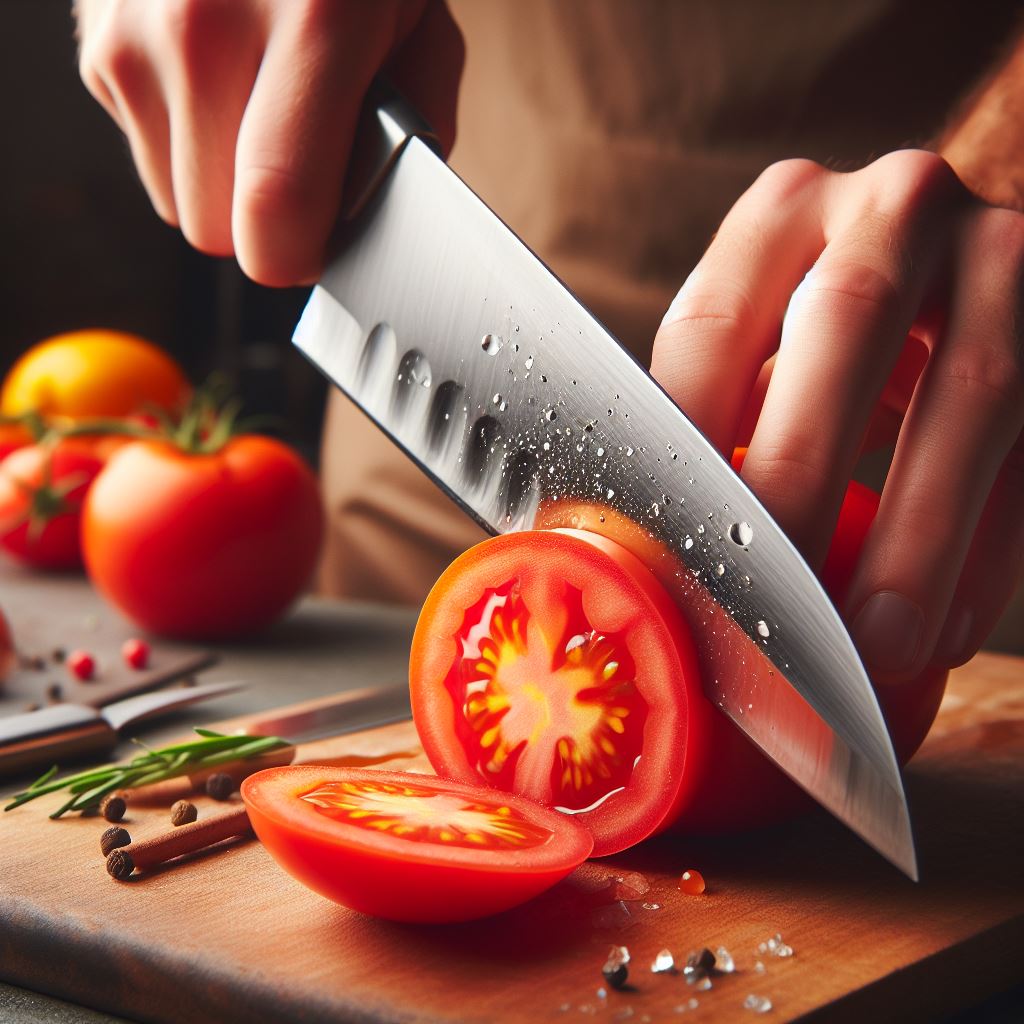
Conclusion
A chef’s knife stands as an essential tool in any kitchen. Its multipurpose nature handles slicing, dicing, and chopping with ease. Equip yourself with this culinary cornerstone to elevate your cooking prowess. Embrace the versatility of a chef’s knife and transform meal preparation into an art.
Your culinary journey deserves such a reliable companion.
Frequently Asked Questions For What Is A Chefs Knife Used For
What Is The Primary Use Of A Chef’s Knife?
A chef’s knife is designed for multitasking in the kitchen. It’s ideal for slicing, dicing, and chopping a variety of foods. Its versatility makes it a staple for both professional chefs and home cooks.
How Does A Chef’s Knife Differ From Other Knives?
A chef’s knife features a broad and sharp blade that curves upwards to a pointed tip. This differs from other knives in size, shape, and edge design, allowing for efficient rocking motion cuts and versatility across tasks.
What Features To Look For In A Quality Chef’s Knife?
When selecting a chef’s knife, key features include a comfortable grip, well-balanced weight, sharp edge retention, and durable materials like high-carbon stainless steel. Look for a full tang for stability and long-term use.
Can A Chef’s Knife Be Used For Meat Cutting?
Yes, a chef’s knife can be used to cut meat. It’s suitable for slicing raw meats and disjointing some cuts, but not designed for cleaving bones. For bone-in meats, a cleaver or boning knife is recommended.

